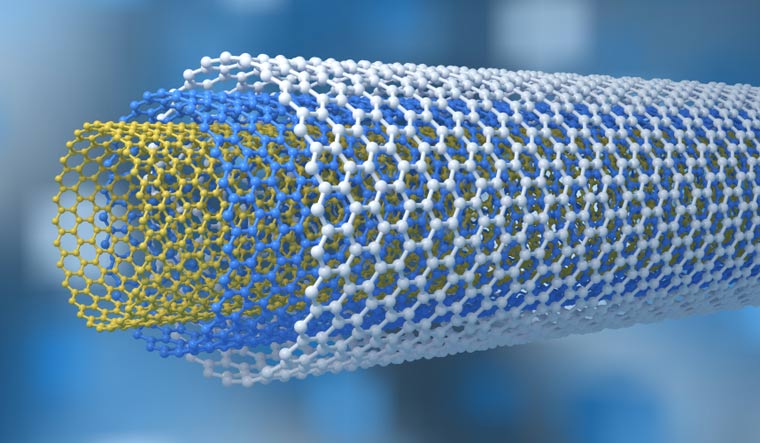Researchers have achieved a significant milestone in the world of nanotechnology, bringing us one step closer to mimicking nature's incredible self-assembly processes. In a recent study, scientists have successfully engineered a minute, self-assembled crystal called a 'pyrochlore,' which possesses exceptional optical properties. This achievement marks a crucial advancement in the development of sophisticated, self-assembling devices at the nanoscale, approximately the size of a single virus.
The study, led by Arizona State University Assistant Professor Petr Sulc and his team, introduces a new simulation method that can forecast and direct the self-assembly process, preventing unwanted structures and ensuring the precise arrangement of molecules. "The advance provides a steppingstone to the eventual construction of sophisticated, self-assembling devices at the nanoscale," explains Sulc. The engineered pyrochlore nanocrystal, a unique lattice, holds the potential to serve as an optical metamaterial, transmitting only specific wavelengths of light. Such materials could pave the way for the production of optical computers and more sensitive detectors for various applications.
In nature, many intricate and functional biological structures emerge through self-assembly, leveraging the inherent properties of molecules. This natural process of bottom-up construction holds promise for advancing technology in fields such as computer science, materials science, and medical diagnostics.
Imagine placing a disassembled watch into a box, shaking it vigorously, and finding an assembled, fully functional watch inside when you open the box. While this scenario seems nearly impossible for the devices we manufacture, biological systems like bacteria, living cells, and viruses can construct highly ingenious nanostructures and nanomachines through self-assembly. Despite the seemingly chaotic nature of this process, evolution has found a way to bring order to it, allowing molecules to fit together in just the right manner, creating functional nanostructures.
For decades, the field of bionanotechnology has been working on replicating the natural assembly process seen in living organisms. One successful strategy, known as DNA bionanotechnology, uses artificially synthesized DNA as the basic building block. This approach has led to the creation of nanostructures, such as DNA origami, with promising applications in diagnostics and therapy, including vaccine delivery.
However, a significant challenge in this field lies in engineering molecule interactions to form only the specific, pre-designed nanostructures. To address this, the researchers developed new statistical methods that can simulate the self-assembly process of nanostructures, aiming to overcome kinetic traps and ensure the proper structure self-assembles from the DNA fragments. "The computational framework established in this research will guide the creation of more complex materials and the development of nanodevices with intricate functions, with potential uses in both diagnostics and treatment," Sulc explains.


